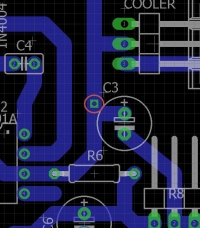Hello to all forum members.
I want to make a simple power supply with smooth voltage regulation and amps up to 24V and 5A. There are many topics, but they relate to a specific question.
I was looking for such a power supply on the forum and I found it, but I did not write it down and I missed it. I only had an entry that the description was PE 12/96. It's good that I have archival editions of these magazines and found this power supply. And now I have a specific question. How much does a VA transformer have to be able to withstand the 5A at this voltage of 24V, and can these LM317 be replaced in this project with more powerful LM350.
In the attachment there is a whole page about this power supply, along with a diagram.
greetings
Janusz
I want to make a simple power supply with smooth voltage regulation and amps up to 24V and 5A. There are many topics, but they relate to a specific question.
I was looking for such a power supply on the forum and I found it, but I did not write it down and I missed it. I only had an entry that the description was PE 12/96. It's good that I have archival editions of these magazines and found this power supply. And now I have a specific question. How much does a VA transformer have to be able to withstand the 5A at this voltage of 24V, and can these LM317 be replaced in this project with more powerful LM350.
In the attachment there is a whole page about this power supply, along with a diagram.
greetings
Janusz




